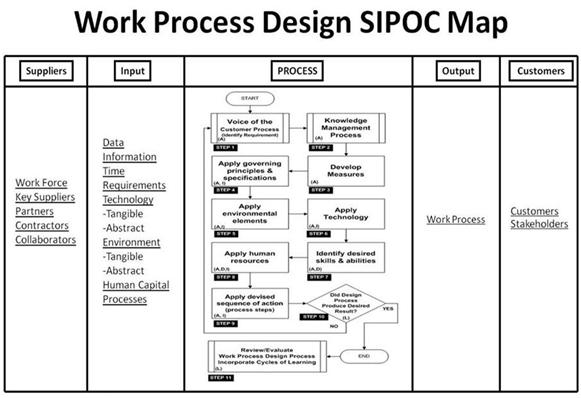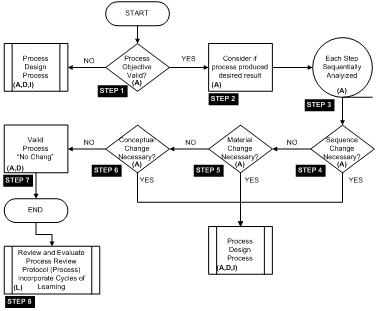If you take a peek inside the world of systems engineering you’ll find some of the most remarkable charts and graphs ever conceived; pretty impressive stuff. Spend enough time looking around and you’ll see plenty of acronyms; two may jump right out—DMADV and DFSS. Most practitioners familiar with them may argue they are not the same; that’s a debate for another day.
- DMADV—Define, Measure, Analyze, Design, and Verify is a methodology used to design a process where none existed previously.
- DFSS—Design for Lean Six Sigma is a methodology more closely related to Six Sigma where the needs of the customer and business are driven into product design up front versus gaining process performance improvement post process design (DMAIC).
The use of DMADV and DFSS in transactional process management (service operations) may prove difficult if your organization doesn’t employ a well seasoned Six Sigma practitioner with vast experience with process design. For the purpose of this article “Service Operations” refers to activities that provide value to the customer along a value stream; wider service situations outside of the realm of manufacturing. Transactional process design calls for an approach more suited for practitioners somewhat removed from systems engineering and the measurement of narrow tolerance levels associated with manufacturing.
Take another look at DMADV and DFSS. Go ahead. What do you see? The word “design” shows up in each approach without much description of what exactly to do to “design” a process. Let me introduce you to my 10 step process suited for transactional process design.
Step 1: (Conceptual) The design process starts by identifying the nature of the process to be designed using input from a Voice of the Customer process. Step 2: (Conceptual) Data and information associated with the nature of the process is collected and analyzed during this step using a well defined Knowledge Management Process. Step 3: (Conceptual) Measures associated with the process are developed in this step. Step 4: (Conceptual) Governing principles and specifications are applied to the process design in this step. Step 5: (Material) Environmental elements (tangible and abstract) are applied to the design in this step. Step 6: (Material) Tangible and abstract technology is applied to the design process in this step. Step 7: (Material) Required workforce skills and abilities are applied to the process in this step. Step 8: (Material) Human resources are matched to the required skills and abilities in this step. Step 9: (Sequence) A sequence of events or process steps are prescribed in this step. Step 10: Results from process test runs are evaluated in this step; based on results, modifications are made to the process. Step 11: The design process is reviewed and evaluated in this step and cycles of improvement incorporated.
The process review protocol outlined below is used to systematically review any process. Step 1: Objective of the process being reviewed is validated; if deemed invalid, the process objective is passed to the Process Design Process for consideration and redesign. Step 2: The evaluated process result is considered. An interesting note here is the process result is only considered for success or failure; regardless, the process is still reviewed for continuous improvement. Step 3: Each individual step in the process goes through steps 4-6. Failure to pass steps 4, 5 or 6, results in sending the process to the Process Design Process for modification or redesign. Step 4: Sequence change is considered. Step 5: Material change is considered. Step 6: Conceptual change is considered. Conceptual change is considered last due to being the most complex. Less risk is incurred when considering sequence or material change. Step 7: If each step in the process is determined valid (passes steps 4-6, it is deemed a valid process. Step 8:The review protocol is reviewed using this same process for review.
This process design and review should not be confused with process efficiency and effectiveness matters. For that one would use the DMAIC methodology to improve the process. The process offered here is for initial design.

